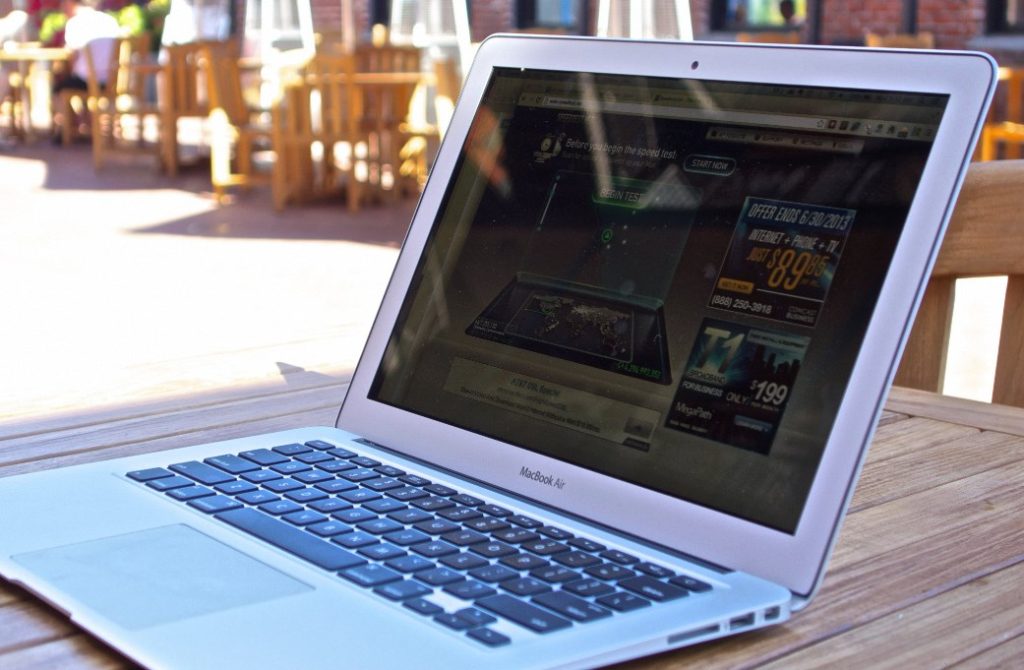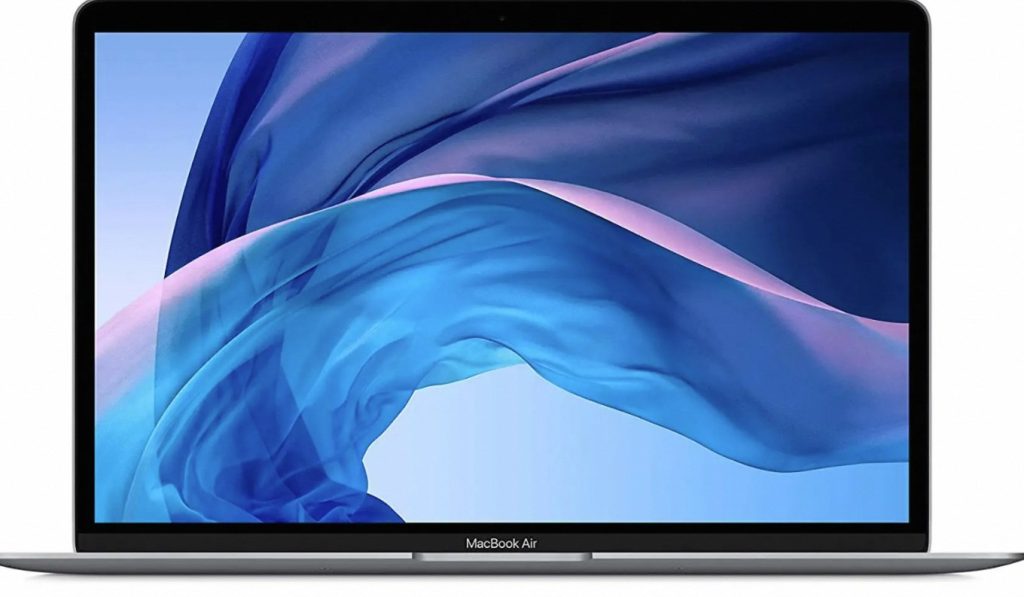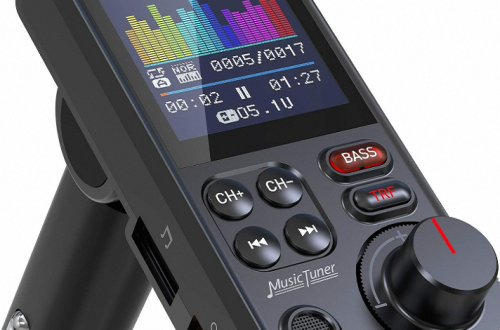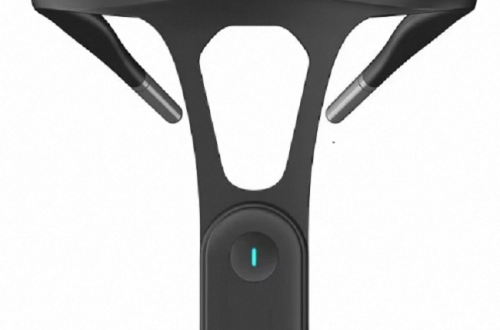Introduction
Losing access to your MacBook Air due to a forgotten password can be a stressful situation. However, there is a way to regain control of your device – factory resetting. Factory resetting your MacBook Air allows you to restore it to its original settings, effectively wiping out any existing data, including the forgotten password. In this article, we will provide you with a step-by-step guide on how to factory reset your MacBook Air without a password. By following these instructions, you can regain access to your device and start fresh. It is important to note that this process will erase all data on your MacBook Air, so it is crucial to back up any important files beforehand. So, let’s proceed with the factory reset and unlock your MacBook Air!

1. Understanding Factory Resetting
1.1 What is a Factory Reset?
A factory reset is a powerful procedure that allows you to revert your MacBook Air back to its original factory settings. This process is also referred to as a hard reset or master reset. By performing a factory reset, all data, settings, and passwords on your MacBook Air will be completely erased. The device will be restored to its original state as if it just came out of the factory. This can be a useful solution in situations where you need to wipe the device clean, such as when you are selling or transferring ownership of your MacBook Air. It is important to note, however, that a factory reset should be approached with caution as it permanently deletes all data and settings. Therefore, it is crucial to back up any important files before proceeding with a factory reset to avoid any loss of valuable information.
2. Performing a Factory Reset without a Password
2.1 Backup Your Data
Before you embark on a factory reset, it is crucial to prioritize the safety of your data by backing it up. This step is essential to prevent any potential loss that may occur during the reset process. To ensure the safety of your important files, you have two options: connecting an external storage device or utilizing cloud services. By connecting an external storage device such as a hard drive or a USB flash drive to your MacBook Air, you can easily copy and transfer your data, ensuring it is safely stored. Alternatively, you can opt to use cloud storage services like iCloud, Google Drive, or Dropbox. These services allow you to upload your files and access them from any device with an internet connection.

2.2 Shut Down Your MacBook Air
To initiate the factory reset process on your MacBook Air, you need to start by shutting down the device completely. To do this, click on the Apple menu located in the top-left corner of the screen. From the dropdown menu, select the “Shut Down” option. It is crucial to ensure that your MacBook Air is completely powered off before proceeding with the factory reset. This step ensures that all processes and applications are closed, allowing for a smoother reset process. Take a moment to verify that the device has indeed powered down by checking that the screen is black and there are no signs of activity or lights. Once you have confirmed that your MacBook Air is successfully shut down, you can move forward with the next steps in the factory reset process.
2.3 Access Recovery Mode
To initiate the factory reset on your MacBook Air, you must access Recovery Mode. Start by pressing the power button located on your MacBook Air. As soon as you press the power button, immediately press and hold the Command + R keys on your keyboard. Continue holding these keys until you see the Apple logo appear on the screen. This key combination triggers the booting process into Recovery Mode. Once you see the Apple logo, release the keys. Your MacBook Air will now boot into Recovery Mode, and you will see the macOS Utilities window displayed on the screen. From here, you can proceed with the necessary steps to perform the factory reset. It is important to note that accessing Recovery Mode may take a few moments, so be patient and wait for the Utilities window to appear before proceeding with the factory reset process.

2.4 Erase the Disk
Once in Recovery Mode, you will see the macOS Utilities window. Select “Disk Utility” and click “Continue.” Choose your startup disk, usually named “Macintosh HD,” and click on the “Erase” button. This will erase all data on the disk.
2.5 Reinstall macOS
After erasing the disk, go back to the macOS Utilities window and select “Reinstall macOS.” Follow the on-screen instructions to reinstall the operating system on your MacBook Air. This process may take some time, so be patient.
2.6 Set Up Your MacBook Air
Once the reinstallation is complete, you will be guided through the initial setup process, including creating a new user account and setting up preferences. You can now use your MacBook Air without a password.
3. Additional Tips and Considerations
3.1 Activation Lock and Find My Mac
If your MacBook Air has Activation Lock enabled or is associated with Find My Mac, you will need to provide the Apple ID and password used to set up these features. This ensures that even if your MacBook Air is factory reset, it cannot be used by unauthorized individuals.

3.2 Data Recovery
Performing a factory reset erases all data on your MacBook Air. Therefore, if you didn’t backup your data beforehand, it may be lost permanently. It is crucial to safeguard your data and regularly back it up to prevent any loss or inconvenience.
3.3 Password Management
To avoid lockouts, use password management software or features like Touch ID or Face ID. These can securely store and autofill your passwords, making it easier to access your device and accounts.
4. Conclusion
Factory resetting your MacBook Air without a password can be a lifesaver when you find yourself locked out of your device. By following the steps outlined in this article, you can regain access to your MacBook Air and start anew. Remember to back up your data before performing a factory reset and be mindful of Activation Lock and Find My Mac settings. Using password management features minimizes the risk of future MacBook Air lockouts.



